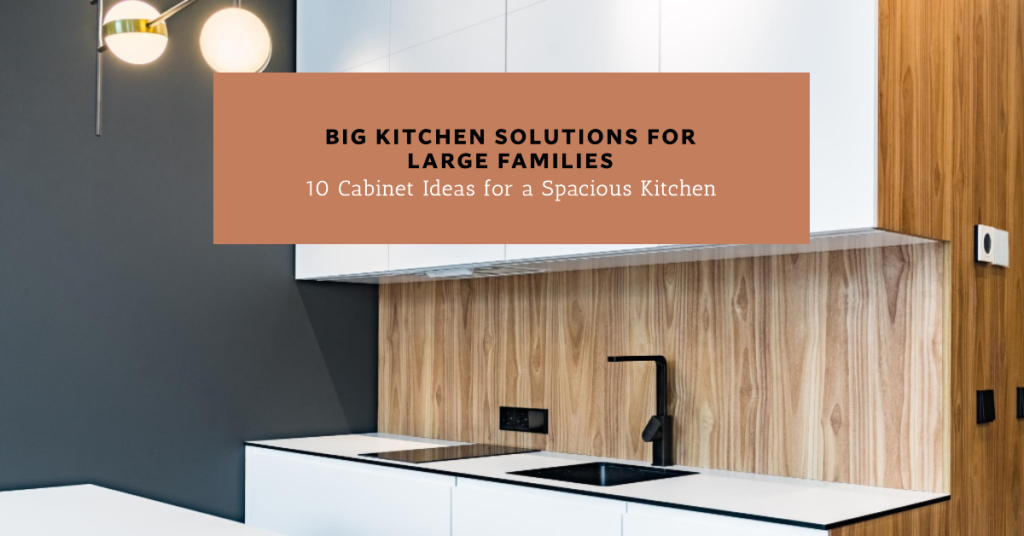
Table of Contents
In the fast-paced realm of architecture Technology, technological advancements continue to redefine the way designers conceptualize, plan, and construct buildings. From innovative materials to cutting-edge design tools and construction techniques, technology plays a pivotal role in shaping the future of architectural practice. In this comprehensive guide, we delve into the biggest technology innovations that are revolutionizing architecture, exploring how these advancements are pushing boundaries, enhancing sustainability, and unlocking new creative possibilities in the built environment.
1. Building Information Modeling (BIM): A Paradigm Shift in Design Collaboration Technology
Building Information Modeling (BIM) stands as a transformative technology that revolutionizes the design and construction process by creating comprehensive digital representations of buildings and their components. BIM software enables architects, engineers, contractors, and stakeholders to collaborate seamlessly, share real-time data, and visualize designs in three dimensions. The ability to integrate architectural, structural, and MEP (mechanical, electrical, plumbing) systems within a BIM environment enhances coordination, minimizes errors, and optimizes construction workflows from conceptual design to facility management stages. BIM’s data-rich models facilitate accurate cost estimation, clash detection, energy analysis, and sustainability assessments, driving efficiency and innovation across architectural projects of varying scales and complexities.
2. Parametric Design and Generative Algorithms: Pushing Design Boundaries
Parametric design and generative algorithms empower architects to explore complex geometries, optimize design iterations, and create highly customized solutions tailored to site-specific constraints and user requirements. By leveraging parametric modeling software such as Grasshopper for Rhino or Dynamo for Revit, designers can algorithmically generate and manipulate design variations based on predefined parameters, rules, and performance criteria. This iterative design approach enables architects to explore biomimetic forms, optimize structural efficiencies, and achieve design intricacies that were previously challenging to realize through traditional methods. Parametric design tools not only foster creativity and innovation but also streamline the transition from conceptual exploration to detailed design development, empowering architects to push design boundaries and create iconic architectural expressions.
3. Sustainable Materials and Green Technologies: Enhancing Environmental Performance
The integration of sustainable materials and green technologies represents a significant technology-driven shift in architectural practice towards environmentally conscious design solutions. Architects now have access to a wide range of eco-friendly materials such as recycled steel, engineered timber, low-emission concrete, and bio-based composites that reduce carbon footprints and promote sustainable building practices. Additionally, advancements in building envelope technologies, energy-efficient HVAC systems, solar panels, and smart building controls contribute to enhancing energy performance, indoor environmental quality, and occupant comfort in buildings. The adoption of passive design strategies, daylight harvesting techniques, and green roof systems further align architectural interventions with environmental stewardship, fostering resilient and sustainable built environments for present and future generations.
4. Virtual Reality (VR) and Augmented Reality (AR): Immersive Design Experiences
Virtual Reality (VR) and Augmented Reality (AR) technologies offer architects immersive design experiences, visualization capabilities, and interactive client engagements that transcend traditional 2D drawings and renderings. VR tools such as Oculus Rift, HTC Vive, and AR platforms like Microsoft HoloLens enable users to experience architectural designs at human scale, navigate spaces virtually, and visualize design options in real-time 3D environments. Architects can conduct virtual walkthroughs, simulate lighting conditions, assess spatial relationships, and gather valuable feedback from clients, stakeholders, and end-users early in the design process. The integration of VR and AR not only enhances design communication and decision-making but also fosters greater design empathy, experiential understanding, and design optimization, leading to more informed design outcomes and client satisfaction.
5. Digital Fabrication and 3D Printing: Transforming Construction Practices
Digital fabrication technologies, including 3D printing, CNC (Computer Numerical Control) machining, and robotic fabrication, are revolutionizing construction practices, material exploration, and architectural prototyping. Architects can leverage 3D printing technologies to create intricate building components, custom façade elements, complex geometries, and even full-scale building prototypes with precision and efficiency. Robotic fabrication processes enable automated construction tasks, material assembly, and site-specific customization, reducing construction time, labor costs, and material waste. The integration of digital fabrication with parametric design workflows allows architects to translate digital designs directly into physical artifacts, pushing the boundaries of materiality, construction techniques, and architectural expression in innovative ways.
6. Internet of Things (IoT) and Smart Building Technologies: Enhancing Building Performance
The Internet of Things (IoT) and smart building technologies are transforming traditional buildings into intelligent, data-driven ecosystems that optimize energy use, occupant comfort, and operational efficiencies. IoT sensors, connected devices, and building automation systems enable real-time monitoring, data analytics, and predictive maintenance strategies within built environments. Smart building features such as automated lighting controls, HVAC optimization, occupancy sensing, and integrated building management systems (BMS) enhance building performance, reduce energy consumption, and improve overall user experiences. Architects are incorporating IoT principles into building designs, creating responsive and adaptable spaces that align with sustainable practices, user preferences, and evolving technological trends in the built environment.
7. Computational Design and Machine Learning: Design Optimization and Analysis
Computational design techniques coupled with machine learning algorithms empower architects to optimize designs, perform complex simulations, and analyze building performance metrics with unprecedented accuracy and speed. Machine learning algorithms can process vast amounts of data related to environmental conditions, user behaviors, material properties, and performance criteria to inform design decisions and generate predictive design solutions. Computational tools such as energy modeling software, daylighting simulations, structural analysis programs, and fluid dynamics simulations enable architects to assess design alternatives, iterate designs iteratively, and optimize building performance across multiple criteria. The synergy between computational design and machine learning augments design intelligence, fosters data-driven decision-making, and elevates architectural design processes to new levels of efficiency and innovation.
8. Cloud-Based Collaboration Platforms: Global Connectivity and Project Management
Cloud-based collaboration platforms and project management tools revolutionize how architectural teams collaborate, communicate, and coordinate projects across distributed locations and global stakeholders. Platforms such as BIM 360, Trimble Connect, and Revizto enable real-time document sharing, model coordination, issue tracking, and collaborative design reviews in a centralized digital environment. Architects, engineers, contractors, and clients can access project data, collaborate on design revisions, and monitor project progress remotely, fostering seamless workflows and reducing communication barriers inherent in traditional project management practices. Cloud-based collaboration enhances transparency, accountability, and efficiency in architectural projects, promoting interdisciplinary collaboration and delivering projects on time and within budget constraints.
9. Modular and Prefabricated Construction: Speed and Efficiency in Building Delivery
Modular and prefabricated construction methods leverage technology to streamline building delivery processes, reduce construction timelines, and enhance construction quality in architectural projects. Modular building components such as prefabricated panels, modules, and systems are manufactured off-site in controlled factory environments, ensuring precision, quality control, and waste reduction. Prefabricated elements can be assembled quickly on-site, accelerating project schedules, minimizing on-site labor requirements, and mitigating construction risks associated with weather delays and material shortages. Architects are embracing modular design principles, digital fabrication technologies, and parametric design strategies to create adaptable, sustainable, and cost-effective building solutions that meet evolving market demands and project timelines.
10. Blockchain Technology in Construction: Transparency and Security in Project Management


Blockchain technology is making inroads into the construction industry, offering enhanced transparency, traceability, and security in project management, supply chain operations, and contract administration processes. Blockchain-based platforms facilitate secure digital transactions, immutable record-keeping, and smart contract automation for construction projects, reducing disputes, enhancing trust among project stakeholders, and optimizing payment processes. Architects can leverage blockchain solutions for verifying material certifications, tracking project milestones, managing project documentation securely, and ensuring compliance with regulatory requirements throughout the project lifecycle. The decentralized nature of blockchain networks promotes data integrity, accountability, and efficiency in construction project management, paving the way for more transparent, resilient, and collaborative architectural practices in the digital age.
Conclusion: Embracing Technological Advancements for Future Architectural Excellence
The convergence of technology innovations outlined in this guide signifies a paradigm shift in architectural practice, where creativity, sustainability, efficiency, and collaboration intersect to shape the future of built environments. Architects embracing Building Information Modeling (BIM), parametric design, sustainable materials, digital fabrication, IoT integration, and cloud-based collaboration are poised to deliver transformative architectural solutions that prioritize user experiences, environmental stewardship, and technological advancements. By harnessing the power of these technological tools and methodologies, architects can unlock new design possibilities, optimize building performance, and create built environments that resonate with the needs, aspirations, and values of society in the dynamic and ever-evolving architectural landscape. Explore, innovate, and embrace technological advancements to pave the way for future architectural excellence and sustainable urban futures.


